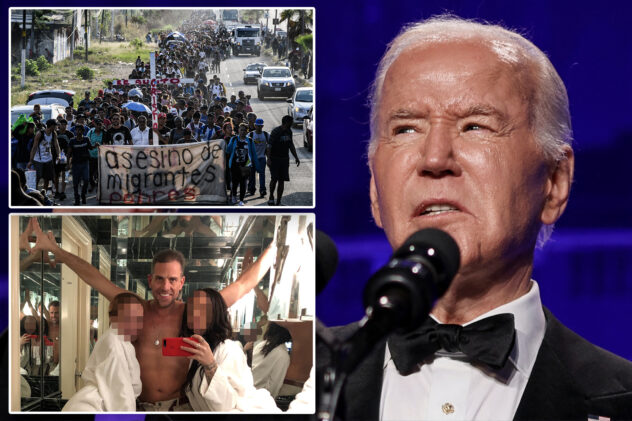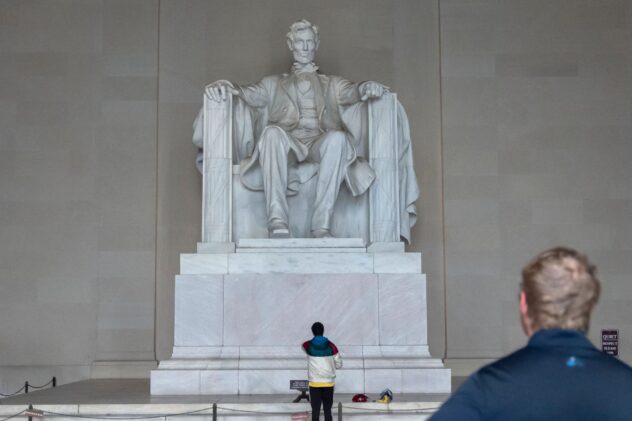Student debt won’t be solved by a handout — but by Biden fixing policy

The Supreme Court has struck down President Biden’s expansive federal student loan plan — putting to bed a $400 billion gambit that would have ultimately done little to address the causes of increasing college debt.
The proposal was doomed from the outset, having been based upon an overly generous reading of the HEROES Act, a 9/11-era law designed to let the federal government relieve student debt burdens for soldiers who left college to enter active military service.
While the Education Department claimed that the law’s provisions allowed it to “waive or modify” student loan plans during the COVID-19 “national emergency,” the court disagreed.
“The Secretary’s plan has ‘modified’ the cited provisions only in the same sense that “the French Revolution ‘modified’ the status of the French nobility,’ ” Chief Justice John Roberts wrote flatly in his majority opinion. “It has abolished them and supplanted them with a new regime entirely.”
Biden’s plan is best thought of as a partisan power grab aimed a ginning up support as the 2022 midterms neared — rather than as a serious solution to the nation’s student debt problem.

The plan would have hardly even reduced the student debt burden in the short term. According to one estimate, had the plan gone into effect, national student loan debt would have returned to 2022 levels by 2028.
One-time debt forgiveness has a limited impact — and new students will keep enrolling in university programs, and keep taking out large loans to cover costs.
Making matters worse, large-scale student loan forgiveness would likely incentivize colleges to raise their prices, not lower them. Colleges would have a convenient excuse for increasing their prices — the government just approved massive loan cancellation, what’s to keep them from coming to the rescue again?
The government’s own policies are a primary cause of rising college tuition — particularly tuition for graduate programs. When the government radically expanded the volume of student loans undergraduate borrowers could take out in 1978, college tuition soon began to climb.
“Increases in financial aid in recent years have enabled colleges and universities blithely to raise their tuitions, confident that Federal loan subsidies would help cushion the increase,” wrote then-Secretary of Education William J. Bennett in 1987. “In 1978, subsidies became available to a greatly expanded number of students. In 1980, college tuition began rising year after year at a rate that exceeded inflation.”
When the government lifted the borrowing cap on federal student loans for graduate programs in 2006, the effect was pronounced. Just last month, a study from the National Bureau of Economic Research found that the expansion resulted in students borrowing around $3,500 more, while net prices for graduate programs grew by 64 cents per $1 increase in federal student loan borrowing.

The solution is to reverse course. Policies aimed at restricting access to federal student loans, such as reinstating a cap on graduate borrowing or cutting off loan access for colleges and programs that leave students financially worse off, are obvious interventions.
These policy solutions — similar to a proposal recently submitted by Senate Republicans — would force colleges and universities to lower their prices by no longer allowing them to treat the federal student loan program as a piggy bank.
Even better, it wouldn’t require spending hundreds of billions of taxpayer dollars.
Emma Camp is an assistant editor at Reason magazine.
















